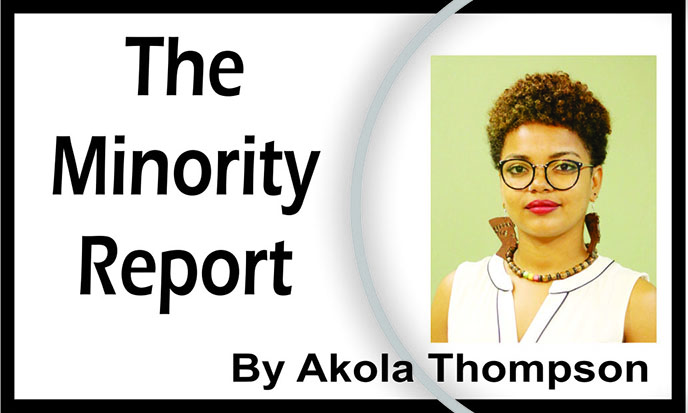In past columns, I’ve written about some of the issues that particularly affect Black persons such as colorism and hair texturism. Otherwise known as the offspring of racism, colorism can be perpetrated both by those of other races and also those within your own ethnic group. With wealth being connected to the race one belongs to, colour inevitably became linked to one’s social status. This remains with us today, with persons of lighter complexions facing less structural and interpersonal barriers when compared to those who are of a darker hue. Often accompanying a light complexion is what is known as “acceptable” hair. The preference for looser, curlier hair patterns over that, which is coarser, is known as hair texturism. An oft ignored but interconnected issue of these two isms however, is that of featurism.
Featurism is not something that I have ever paid much attention to. Despite being aware of the way that certain features are upheld while others are denigrated, a linkage was not immediately made about the genesis and impact of featurism. Much like colorism, featurism affects all ethnicities but over time I was able to realise that you can have light skin and “good” hair, and this will certainly ease some barriers for you, but you also need features that abide to societal perceptions of beauty in order to be considered beautiful and acceptable. Largely, featurism is a gendered occurrence, with women facing the brunt of it. This is on account of the unfair beauty standards that women are held to in our society, where set ideas about what they should look like have been long cemented.
Some of these negative perceptions are shifting, but more so as a fashion trend rather than recognition of one’s humanity regardless of features. This is seen in the push by more and more women to have “plump” or thick lips, something that has and continues to be seen as less than when possessed by Black women. Even a lot of the growing representations of dark skinned Black women are not necessarily done because the fashion world is opening up to persons of different hues, but rather because exotification sells. This is why many of the images we see of dark skinned persons are ones where their skin is oiled up and hair gelled down.
For many Black girls, featurism is particularly harmful, as traditional African features such as wide nose, large lips and high foreheads have been heavily criticised to the point wherein these features are considered ugly. Thin face, straight noses and small lips have become the standard features that are considered beautiful. Black girls who often have these features would often get the backhanded compliment of “You’re pretty for a Black girl,” or the classic question, “Are you mixed?” When we think about the popular Black celebrities or influencers, often their features are those that are traditionally praised such as those who have small noses or coloured eyes. When they do not fit this traditional image they often face intense criticisms. Examples of this were seen when Ari Lennox was moved to tears due to negative comments about her wide nose and Michaela Cole choosing to have a rhinoplasty surgery and other face modifications after negative coverage of her features.
Living in a world that is inherently anti-Black can be extremely exhausting for those that do not fit into the ideal of fair skin, straight or curled hair and Anglo-European features, resulting in internal feelings of inferiority and lack of acceptance. This can often see persons aiming to change the way they look in order to more readily fit into set standards. For others, they feel pressured to constantly work against the narratives that have been sewn about people with their complexions, hair and features, as there is rarely room for error. The progress we have made in acknowledging and addressing anti-Blackness in all its forms has been minimal, but exploring the various ways we have individually bought into certain biases can be very helpful in limiting its impacts in our spaces.





